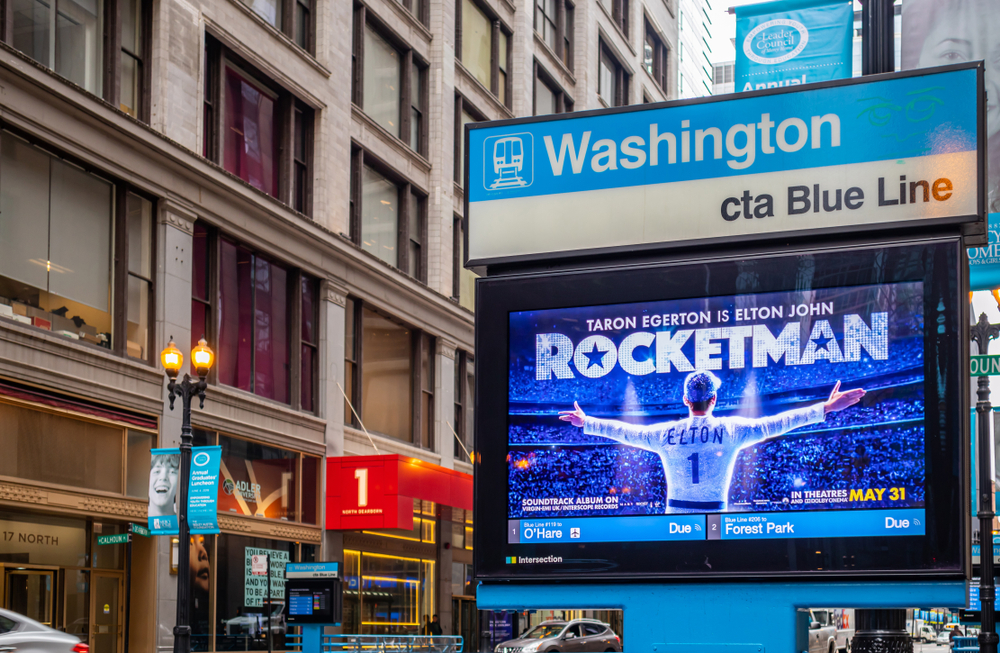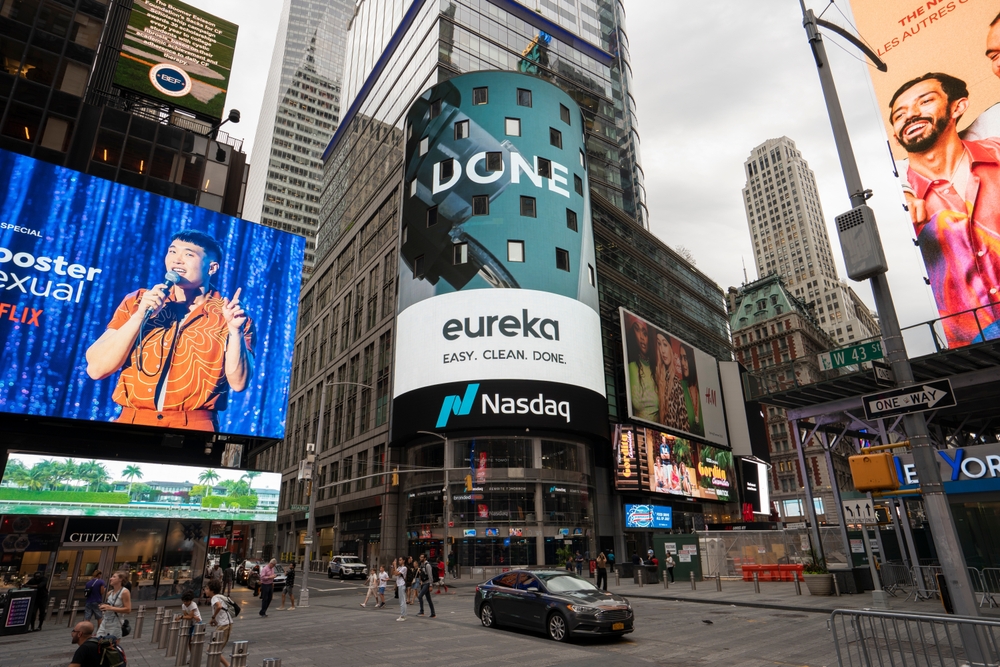
What Is a DOOH Network and What is the Difference with a Digital Signage?

In our fast-paced, tech-driven world, reaching your audience is tougher than ever. Enter digital signage, the magnet that turns ordinary spaces into captivating visual experiences. But what about DOOH networks? Are they the same as digital signage or is there a notable difference? Let’s analyze each of them!
In today's ever-evolving digital landscape, captivating your target audience has become increasingly challenging. This is where the revolution of digital out-of-home advertising comes into play, reshaping the way we communicate and engage with consumers in public spaces. At the heart of this revolution are digital signages or billboards, which have become crucial components of the DOOH ecosystem.
These vibrant, eye-catching displays possess the remarkable ability to transform ordinary spaces into captivating environments, reaching a wide range of viewers in high-traffic locations and leaving a lasting impression on them. But how are they powered? How does an ad is served into a digital signage? That’s where DOOH networks come into play.
In this article, we will unravel the differences between digital signage and DOOH networks, exploring the functionalities, benefits, and applications of each. So, let's dive deeper into the world of DOOH and discover how it is transforming the way we communicate and captivate audiences in public spaces!
Digital Signage: the tentpole of digital out-of-home
When we talk about digital signage, we are basically referring to electronic display boards that enable instant updates and dynamic content. Unlike traditional out-of-home media, such as billboards and light boxes, digital displays have the ability to cycle through multiple ads within a short time period.
It’s not surprising, though, that digital signage has emerged as a powerful medium for capturing attention and engaging audiences in such a competitive digital era. With its dynamic displays and interactive capabilities, it has revolutionized the way businesses communicate and connect with the wider audience.
Digital signage comes in various forms, ranging from LCD (Liquid Crystal Display) screens to LED (Light Emitting Diode) panels and even cutting-edge 3D technology. These displays can be found in a myriad of locations, including retail stores, airports, restaurants, corporate offices, transportation hubs, and outdoor public spaces. The versatility of digital signage allows for strategic placement in high-traffic areas, maximizing exposure and impact.
By enabling businesses to showcase their products, services, and brand messages with engaging and dynamic content, such as videos, images, and animations, digital signage captivates viewers' attention and leaves a lasting impression.
Moreover, digital signage goes beyond creating awareness; it can drive action. Whether it's promoting special offers, encouraging social media interactions, or providing real-time information, digital signage has the potential to influence consumer behavior. By delivering targeted and relevant content at the right time and place, digital signage has become a valuable asset for brands aiming to increase customer engagement and conversions.
But here’s the catch: even when a digital signage usually stands on its own, it is actually connected to multiple other digital billboards across town (or even cross-country ones!) that might be showing the same ad. How is this possible? And, more importantly, who actually owns all these billboards?
DOOH Networks: the centralized brain of digital signages
To put it bluntly, a DOOH network refers to a group of digital signage displays that are owned by the same company and sold as digital out-of-home inventory to brands, agencies, exchanges, and DSPs.
Within DOOH networks, inventory is often sold as individual digital signage units. This means that advertisers have the flexibility to choose the specific screens that best align with their marketing strategy, whether it’s an hyper-targeted campaign or a pulling-all-stops one that needs to cover a major area.
But how can an advertiser buy inventory from these networks? The best way is through digital out-of-home DSPs, such as Beeyond, that have exclusive access to premium DOOH networks worldwide. This extensive access allows them to provide comprehensive end-to-end solutions to brands and agencies, from planning to execution to reporting.

Indeed, access to a greater number of digital signage displays enables brands to precisely target their desired audience in specific locations and at optimal times. The more digital signages an advertiser has access to, the greater their ability to create meaningful connections with their target audience, delivering messages when and where they are most likely to resonate.
Digital Signage is all about teamwork
In a nutshell, when talking about digital signage and DOOH networks, it's actually more about understanding their connection rather than drawing a distinct line between them.
Whether digital signage refers to any type of digital display in public spaces, often used for out of home advertising, a DOOH network is a big bunch of digital screens owned by a single company.
With Beeyond, brands can easily access DOOH networks and explore this revolutionary advertising format through digital signages. If you're looking to dive into this exciting realm, we're here to help you tackle any kind of campaign and make the most of the opportunities it offers. Contact us today and request a demo to start reaching Beeyond!
